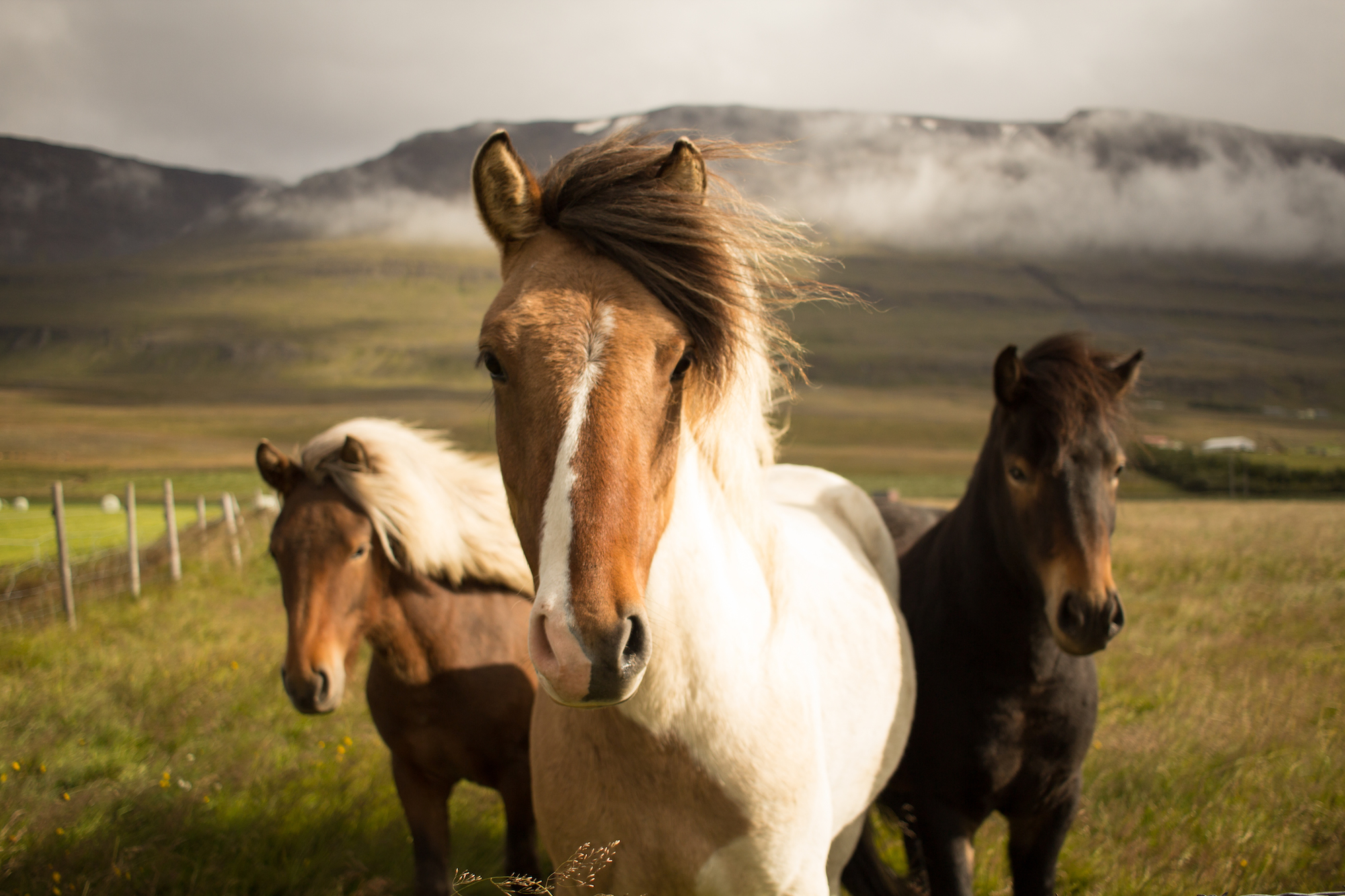Herd Dynamics can be tricky to manage, not to mention stressful, yet getting herd dynamics right is essential to ensure:
- That all horses get an ample opportunity to eat and drink;
- Each horse is able to create bonds within the group; and
- That all horses feel happy, safe and included within their herd.
If you keep horses in shared paddocks, it is important to ensure that the horses within each herd are compatible, taking into account their size, age, gender, temperament and the condition score of each horse.
Below are some sample herd structures to consider when designing your herds and determining which horses to place in which herd group:
-
Gender-Based Herds
Quite often, you will come across a gelding with strong stallion-like qualities who seeks to possess all of the mares. These geldings can viciously exclude other geldings from the group, resulting in injuries, damage to rugs and stress within the herd environment. On the other hand, some mares become quite difficult when they come into season and bother the geldings for attention.
To prevent issues, it can be a good idea to separate mares and geldings into different herds. This reduces the chance for incidents and maintains harmony within the herds.
-
Size / Condition / Temperament-Based Herds
Smaller horses and ponies tend to find themselves at the bottom of the pecking order. As a result, they can find themselves pushed out of shelters and struggling to steal scraps of food from the larger herd members. To overcome this problem, herds can be determined based upon size, with a herd of full-sized horses and a herd of ponies and galloways. This ensures that each horse has a chance to stand up for themselves within their herd and provides less opportunity for bullying.
The ‘pony’ paddock can also be home to horses with very gentle temperaments who do not defend themselves well, aged horses who are more easily pushed around and ‘good-doers’ who require less feed than the average horse.
-
Age-Based Herds
As horses age, they become slower due to reduced energy levels and increased health issues, such as arthritis and cardiovascular weakness. They are easily pushed around, miss out on feed, can become frustrated by exuberant youngsters and are often totally excluded by the herd and left on the outskirts as what I like to call “tiger fodder”. Not only is this detrimental to the physical health of the older horse, but can significantly affect their psychological wellbeing, resulting in depression. Aged horses do well in a herd of their own, where possible, or placed in a herd with ponies who are less likely or able to push them around.
At the other end of the spectrum, very young horses can have special needs as well. Mares and foals are best kept in a “nursery” paddock until weaning so that the foals are safe from attack and their mothers do not have to stress as strongly about defending their young from other horses. At weaning, the weanlings are best kept with horses who are patient educators, able to teach them important herd manners and dynamics without attacking them or causing injuries. It is possible to keep weanlings in a paddock of their own, however keep in mind that this is akin to leaving a group of kindergarten children unsupervised, without a guiding hand to teach them the basic grounds rules and manners.
-
Mixed Species Herds
On small properties or where you have a horse who just can’t seem to slot into any herd, it may be necessary to keep a horse in a mixed-species herd. For example, if you only have one horse on the property, or one old horse amongst a group of young horses, the best option may be to create a herd of different species. As a general rule, you want to place the horse in with smaller animals, such as goats, sheep or alpacas. This ensures that the horse is not vulnerable to attack (such as from cows) and allows the horse an opportunity to take the role of ‘alpha’ within their mixed-species herd. Please keep in mind that if the horse needs to be separated from the herd due to a vicious temperament, it is probably best to keep the horse in a private paddock, as you do not want to place animals of any species at risk of attack.
The larger your property and the more horses you have, the more opportunities you have to create multiple herds. This gives you a greater chance to play with herd structures until you get the dynamics just right. On a very large property, you may have a nursery herd, gender-based herds and a ‘pony’ herd (for the small, kind, elderly and weanlings). On a small property, you may split horses into two small herds based upon their temperaments alone. There are no hard and fast rules and the horses themselves are the best guides when determining your structures. The herd structures offered above provide an excellent starting point to help you on your journey of planning herd dynamics.

